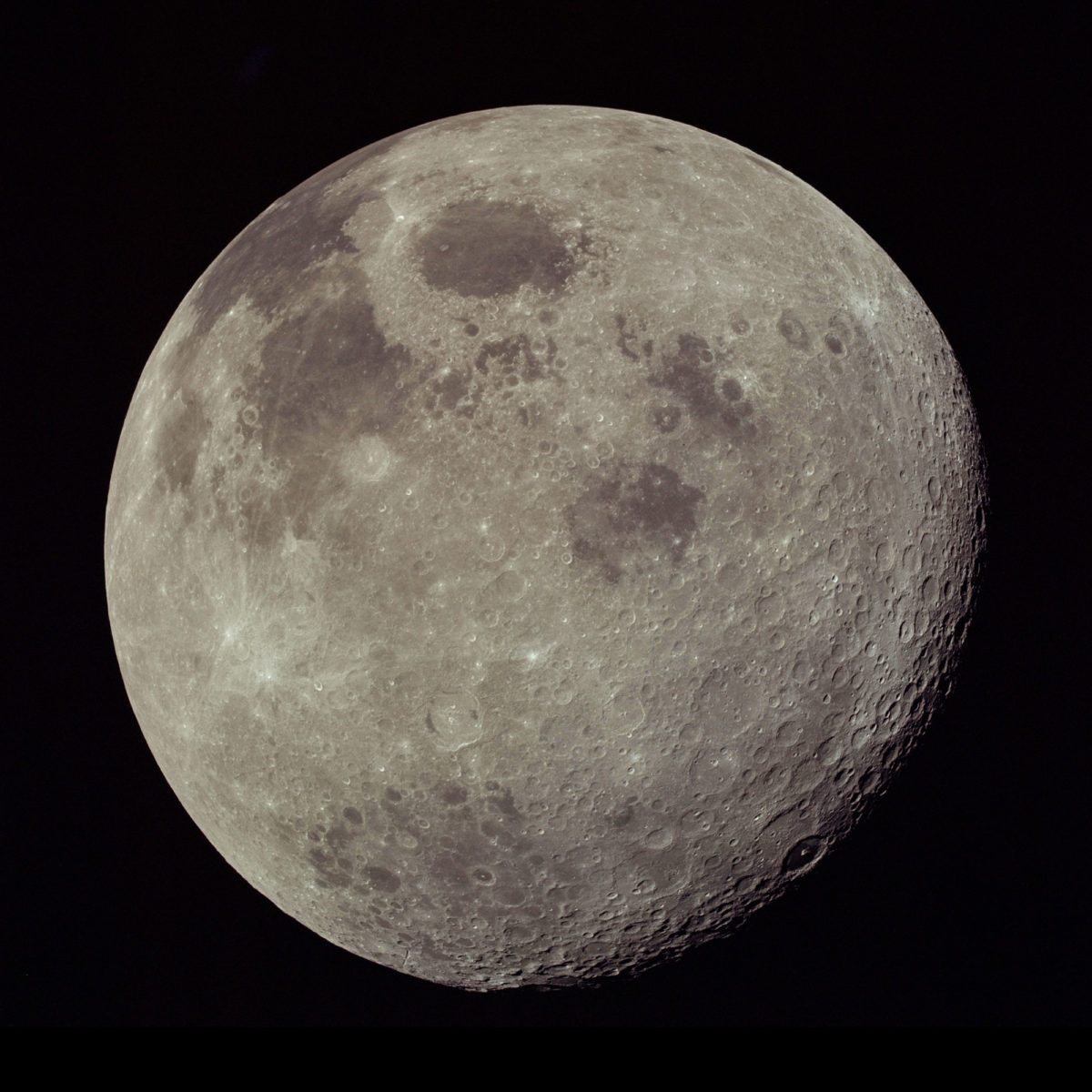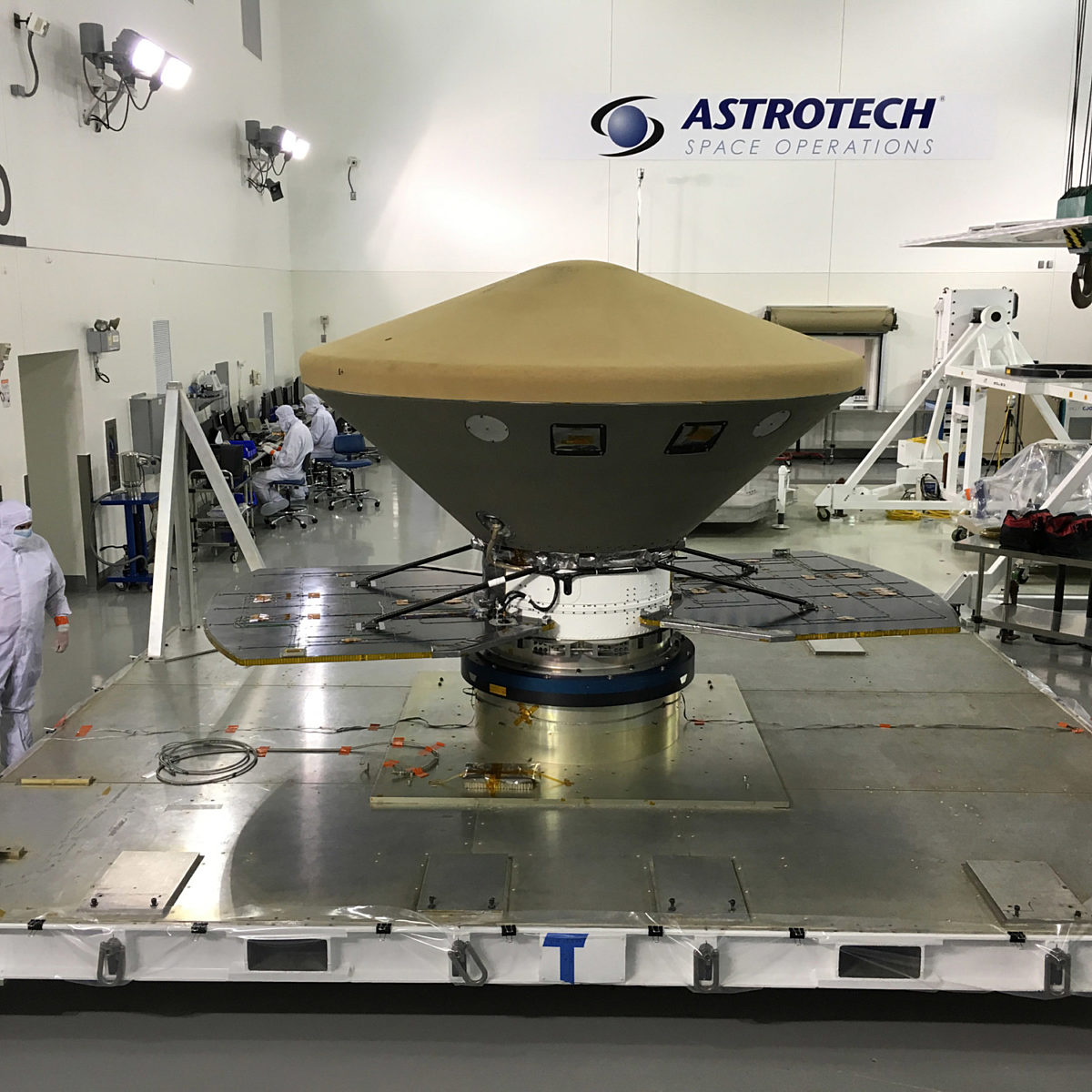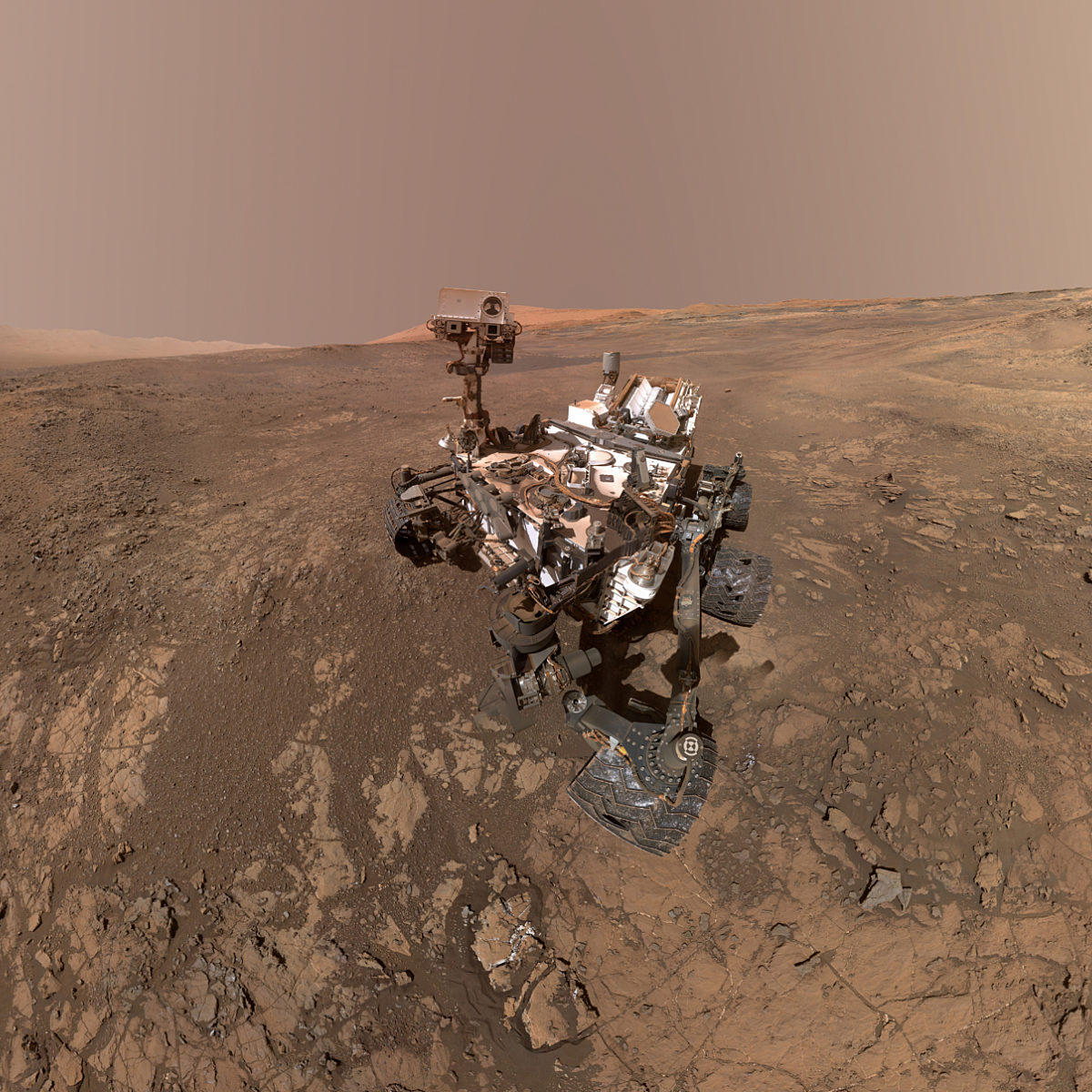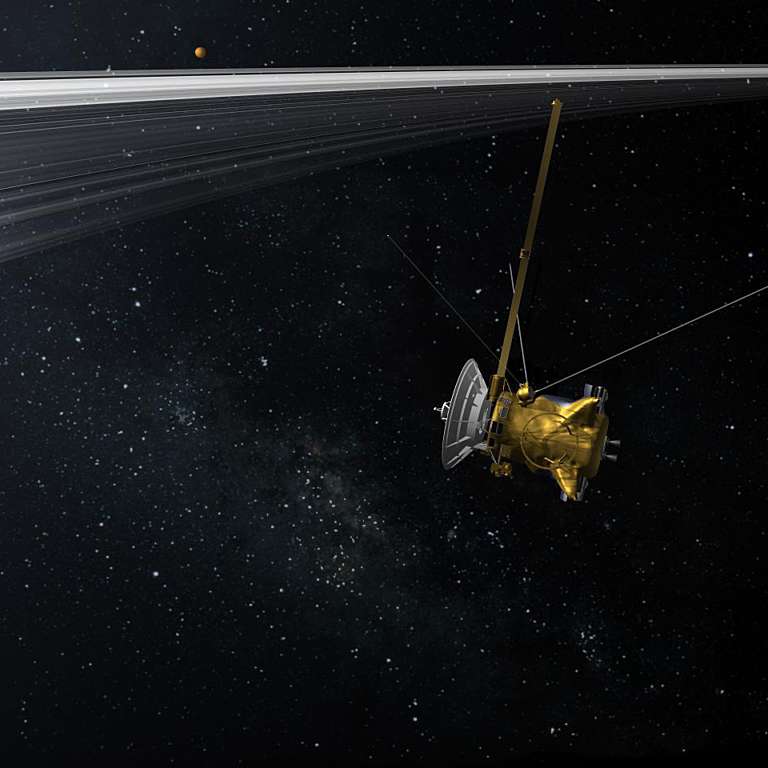All
All
Stories, updates, insights, and original analysis from The Planetary Society.
#LPSC2018: Titan Is Terrific!
Emily's first report from the Lunar and Planetary Science Conference is on the solar system's most atmospheriffic satellite, Saturn's moon Titan.
Moon Monday: Looking back at the Moon from Apollo 17
For this Moon Monday, Emily digs up a classic from the end of the Apollo program.
#LPSC2018: A full week of planetary science
It's time for the 49th annual Lunar and Planetary Science Conference (LPSC), a geology-focused meeting of planetary scientists. Here's a preview, and a call for help from attendees. I'll be presenting at two lunchtime workshops.
Moon Monday: Tethys from Voyager
To start the week, Voyager 2's best image of Tethys.
Image processing trick: How to open PDS-formatted images in Photoshop
Emily explains to amateur image processors how to open archival NASA science data directly in Photoshop without needing to use any other software tools.
InSight delivered to Vandenberg launch site
InSight, NASA's next Mars mission, has arrived at Vandenberg Air Force Base in preparation for a May 5 launch.
Sketching a science meeting
The Planetary Society has always enjoyed the connections between science and art, so when I saw Leila Qışın's sketches pop up on her Twitter feed during the recent New Horizons team meeting, I knew I had to share them with you.
Hayabusa2 has detected Ryugu!
In a milestone for the mission, JAXA's Hayabusa2 sample return spacecraft has sighted its destination, asteroid Ryugu.
Curiosity update, sols 1927-1971: Ready to resume drilling
After a hiatus of nearly 500 sols, Curiosity is ready to attempt drilling into a Mars rock again.
Opportunity's sol 5000 self-portrait
Last week the Mars Exploration Rover Opportunity celebrated its 5000th sol on Mars, and it celebrated by taking the first complete Mars Exploration Rover self-portrait.
Ten times the solar system reminded us sample collection is hard
Some of the biggest discoveries we make in planetary science rely on the seemingly simple act of picking up and analyzing pieces of other worlds. When things go awry, scientists and engineers can sometimes squeeze amazing science out of a tough situation.
Maintaining the health of an aging Mars orbiter
NASA has announced changes to how engineers are operating Mars Reconnaissance Orbiter in order to prolong its life as long as possible, long enough to support the Mars 2020 rover mission.
Speak your science: How to give a better conference talk
Bad presentation often gets in the way of good science. Emily Lakdawalla offers her advice on how to present your scientific work effectively.
Some big moons in the Kuiper belt
In a new preprint, Mike Brown and Bryan Butler show evidence that two Kuiper belt moons are even bigger than we used to think. They are Eris' moon Dysnomia, and Orcus' moon Vanth.
New Horizons prepares for encounter with 2014 MU69
Throughout 2018, New Horizons will cruise toward its January 1 encounter with 2014 MU69. Preparations for the flyby are nearly complete.
Here's our rolling list of space things affected by the U.S. government shutdown
The International Space Station stays open for business; everything else is at least somewhat affected.
HiRISE image coverage of the Curiosity field site on Mars, Version 4.0
The latest and greatest update of Emily's list of all the Mars Reconnaissance Orbiter HiRISE images that contain Curiosity hardware, tracks, or traverses.
Curiosity update, sols 1814-1926: Vera Rubin Ridge Walkabout
Curiosity is climbing across the top of Vera Rubin Ridge, spying varicolored rocks. It's getting closer to being ready to drill again, and has performed a wet chemistry experiment for the first time.
What's Up in Solar System Exploration in 2018
Three launches to the Moon and one each to Mercury and Mars; two arrivals at near-Earth asteroids; and an approach to an encounter with a distant Kuiper belt object are highlights we anticipate in 2018.
These are a few of our favorite things: Top 2017 planetary stories
Looking back on 2017, we here at The Planetary Society are proud of what we have accomplished during this orbit of the Sun. Emily Lakdawalla, Jason Davis, Casey Dreier, and Mat Kaplan reflect on the year that was.


 Explore Worlds
Explore Worlds Find Life
Find Life Defend Earth
Defend Earth


 Sun
Sun Mercury
Mercury Venus
Venus Earth
Earth Mars
Mars Jupiter
Jupiter Saturn
Saturn Uranus
Uranus Neptune
Neptune Small Bodies
Small Bodies

















